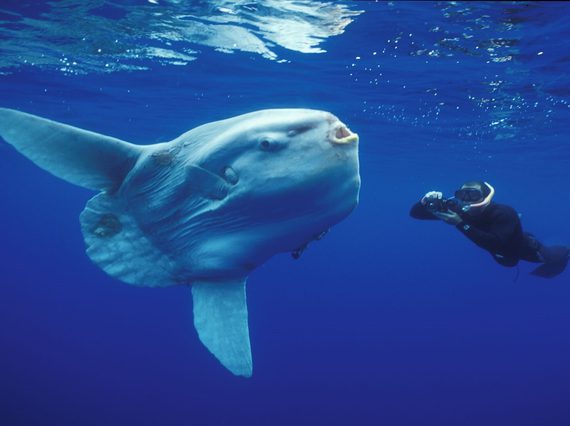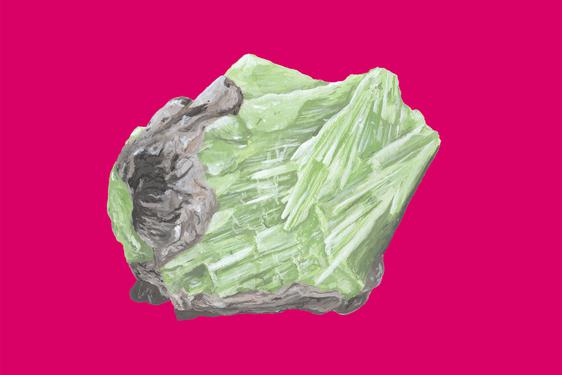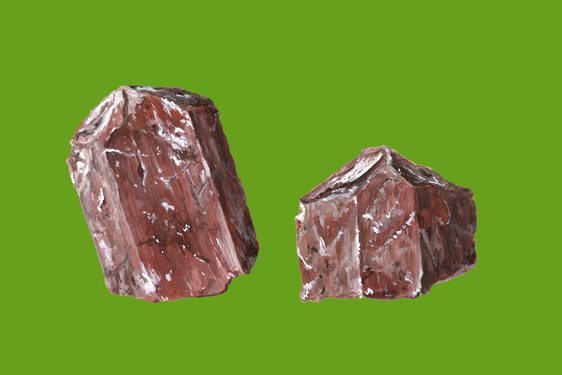
Discover
The peculiar sunfish that washed up on Scottish shores
News Story
On 23 September 2020 a strange fish washed up on the Black Isle near Inverness. Weighing more than 160kg and measuring 1.7 metres tall, it was the peculiar ocean sunfish. Rarely seen off the coast of the United Kingdom, the team at National Museums Scotland investigated further.
The Rosemarkie sunfish has given us a rare opportunity to look at the internal anatomy of this strange fish. Dr Andrew Kitchener, Principal Curator of Vertebrate Biology, talks about the discovery of the Rosemarkie Ocean Sunfish and the findings from the autopsy conducted at National Museums Scotland.
This film contains some graphic images and brief footage of a sunfish dissection.


